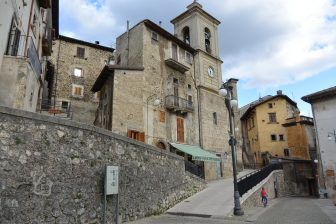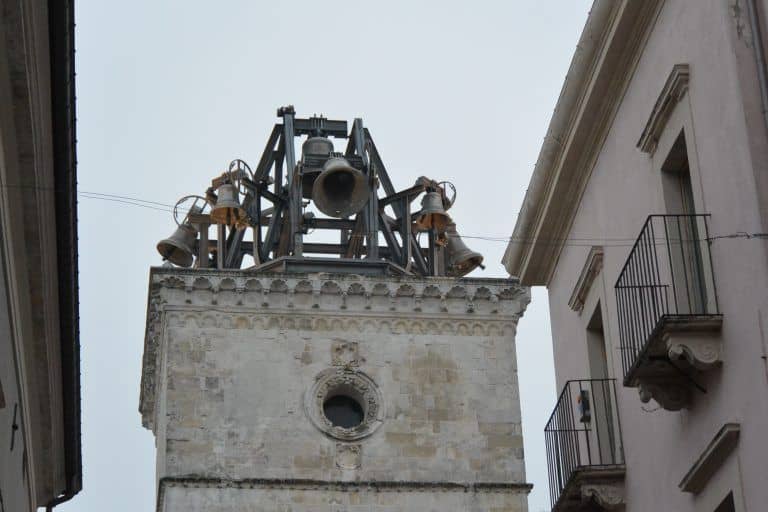
[ Nov.2017 ] In Guardiagrele in Abruzzo in the middle of Italy, our friend had arranged to meet a local historian 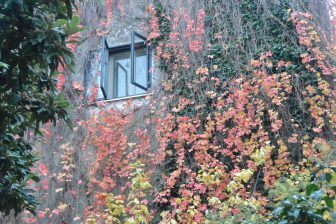
Because he is a real specialist, he knows everything and told us a lot of things, which was really interesting, but because we do not have the basic knowledge, we sometimes struggle to follow him.
Anyway, these are some of the things we learned there.
First, about the beginning of the town.
In 1070 on top of the hill which had a great view, a villa called Grele was built.
Then the Normans made a wall and a tower to protect this villa.
The Guardia means the guard, so the name of this town means ‘guarding Grele’.
Only one guard was posted there and in those days one guard was deployed per 24 families, so they know that this town started as a small village of that size.
In the medieval time, this town was under Kingdom of Naples and apparently people did not have to pay any tax.
And the lord of the nearby castle which was under Papal States sent many people to this town for the tax strategy, so this town rapidly grew.
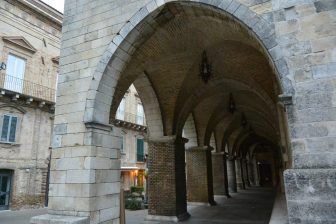
After that, sometime later, when this town was attacked by the French army, because “a woman of a prominent family was so nice and kind” (according to Lucio), the army agreed to refrain from destroying this town on condition that her daughter would marry a man from the Orsini family of Rome.
And this man from Rome not only built the cloister to the Santa Maria Maggiore, but also brought (or stole) the relic of Saint Nicholas of Greece (a monk who lived in the 10th century) from a town called Casoli and put it in the church as a 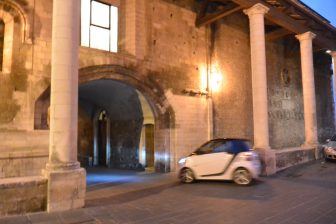
Now a lot of people came to the town to see the relic and the town flourished.
So they needed to expand Santa Maria Maggiore.
But there was a road which they had to keep, so the extension was made over the road, which created a rare church building 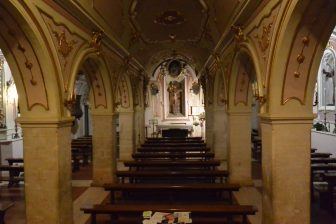
We went in to the lovely chapel (crypt) at the end of the church building, which was made in the 18th century.
The front of the church was used as an office when this town briefly became a small city-state.
We went in to the main part of the church, but they were having a rite of confirmation and the church was full of people.
So we could not look around the inside, but it was bright and looked rather new.
And that was because the church was damaged a lot during the second world war and they had to rebuild it.
The interesting thing was that because it was built over the road, after getting through the door, we had to climb up quite long staircase to get to the nave.
Well, there were much more things we learned there, but probably these are the gist of the history regarding Santa Maria Maggiore.


